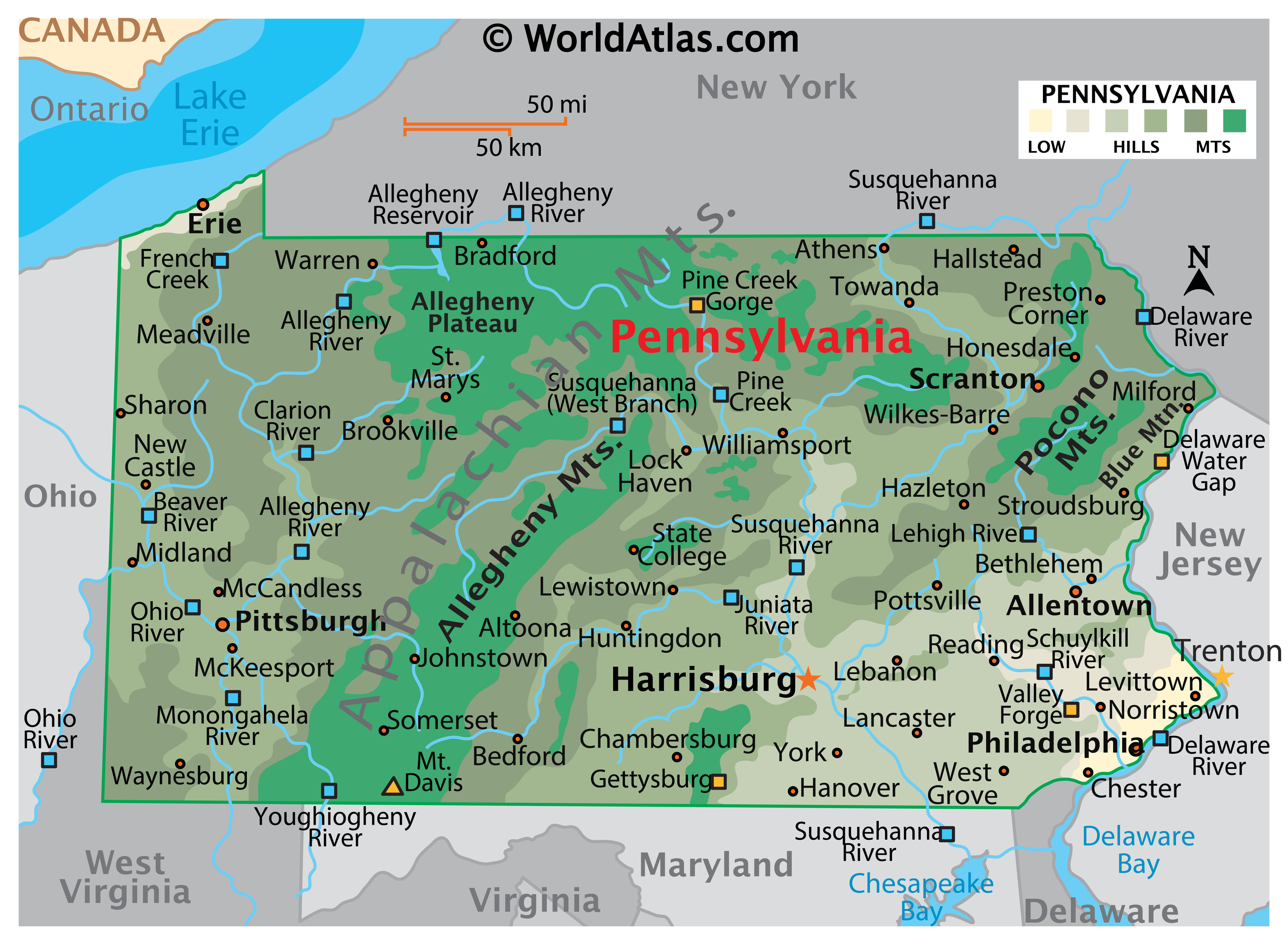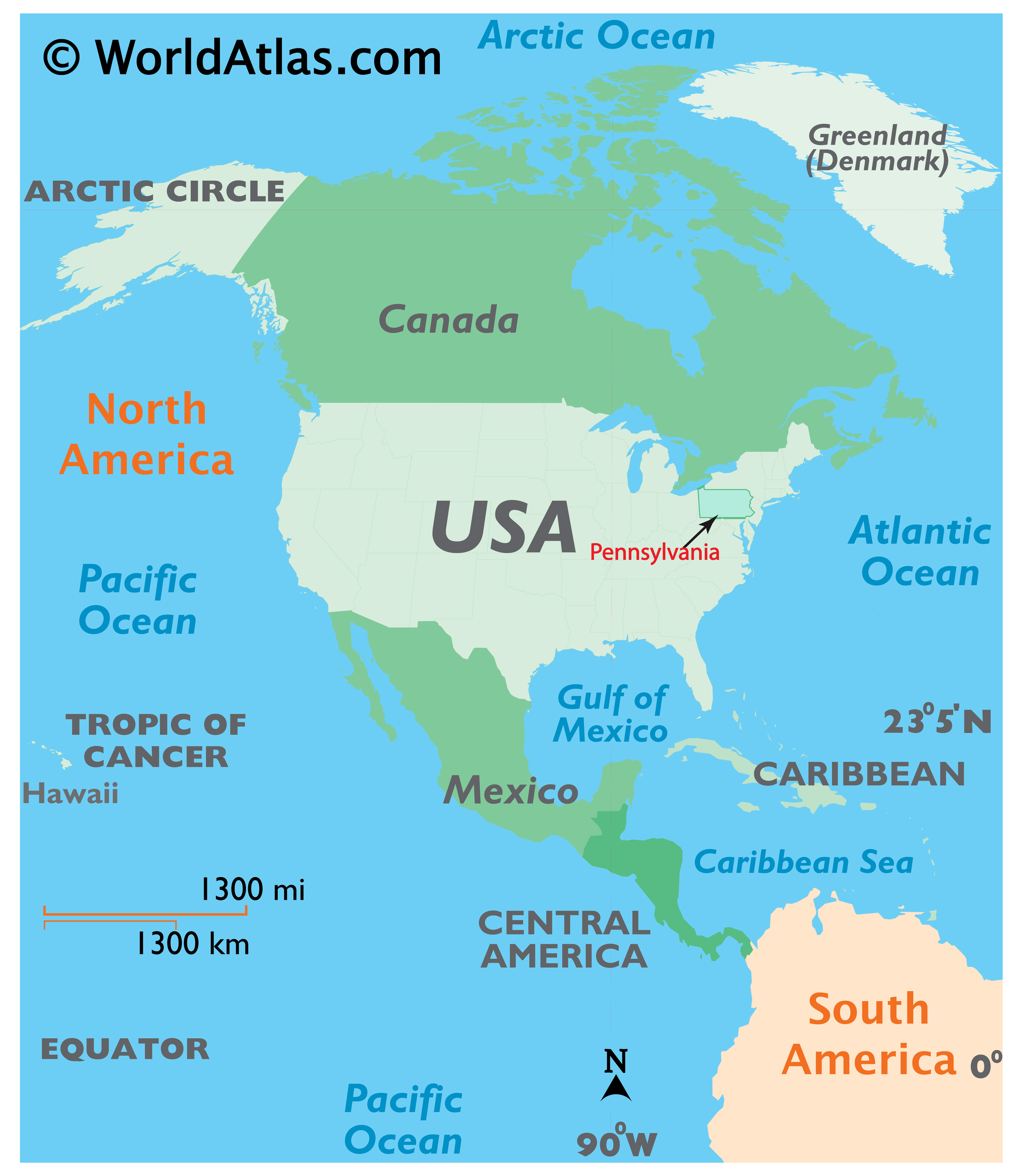Where is Pittsburgh, PA?

Pittsburgh is a city found in Pennsylvania, The United States Of America. It is located 40.44 latitude and -80.00 longitude and it is situated at elevation 239 meters above sea level.
Pittsburgh has a population of 305,704 making it the 2nd biggest city in Pennsylvania. It operates on the EDT time zone, which means that it follows the same time zone as Philadelphia.
Quick facts
| Country | The United States Of America |
| State | Pennsylvania |
| Population | 305,704 |
| Elevation | 239 m over sea level |
| Time Zone | EDT |
| Longitude | -79.995890 |
| Latitude | 40.440620 |
Situated at the confluence of the Monongahela and Allegheny Rivers, which meet to form the Ohio River in southeastern Pennsylvania, Pittsburgh is a very unique American city.
Known worldwide as "The Steel City" due to its large number of expansion bridges, and as a former steel manufacturing center, this modern city displays shimmering glass office towers, dozens and dozens of museums and theaters, and numerous family and sporting attractions.
The central area of Pittsburgh (shown on the map) is home to a wealth of cultural venues, and boasts quality Pennsylvania vacation attractions such as the Carnegie Science Center, Children's Museum, Heinz Field, PNC Park and the National Aviary.
With its many neighborhoods retaining an ethnic flavor that reflect the city's immigrant history, Pittsburgh is a vibrant mix of culture, fun and friendliness.
ADDITIONAL PENNSLYVANIA CITY PAGES:
- Pittsburgh places high on several lists of the nation's most livable cities.
- Pittsburgh has 446 bridges, and that's one reason why this Pennsylvania town is called the Steel City!
- Pittsburgh in within 500 miles of more than half the U.S. population.
![]()
Take a look at the Pittsburgh map to locate these great things to do on a Pennsylvania vacation:
- PNC Park
Home of the Pittsburgh Pirates, PNC Park is known as one of the best ballparks in the United States. Graded with top honors by ESPN, the Park is a beautiful facility offering its visitors club seating at both the field and mezzanine levels with their own respective lounges. The part boasts 69 suites with a private concourse level and the Hall of Fame Club, among many other baseball attractions. - Carnegie Science Center
Since its opening in 1991, Carnegie Science Center is the most visited museum in Pittsburgh. There are more than 250 exciting hands-on exhibits, including the Seascape, Exploration Station and Science Stage, as well as live science demonstrations. Visitors young and old will love the vast Miniature Railroad display, IMAX Theater, a planetarium and a World War II submarine. The Carnegie Science Museum is renowned for the quality of its exhibits and research, and plays hosts to visitors from around the world. - Duquesne Incline
This funicular (a fancy name for an inclined railway!) located near Pittsburgh's South Side and scaling Mt. Washington, was completed in 1877. Over 800 feet long, 400 feet in height and inclined at a 30-degree angle, the Duquesne Incline was originally steam powered. An observation deck was added at the top, allowing for magnificent views of the Pittsburgh Golden Triangle – downtown. Take a step back into Pennsylvania history with this century old cable car and enjoy the best views of modern Pittsburgh!
Maps
Pittsburgh has a population of around 305928, of which 149461 (48%) are male and 156467 (51%) are female. The average age of the inhabitants of Pittsburgh is 37.64, meaning that the average person is above the national median age of 37. For every male, there are approximately 1.05 females, meaning that the population is relatively evenly distributed between males and female(s).
Of Pittsburgh's 305928 residents, around 296362 (96.90%) identify as having a single race. The majority of the population is white, which consists of 66.30% of the population. Of the remaining population, 75284 are black/African Americans (24.60%), 549 are native Americans (0.20%), 16191 are asians (5.30%), 84 are pacific islanders (0.00%), 1556 are other (0.50%).
The median income of households in Pittsburgh is $40715.00, meaning that most of the households are above the poverty threshold for families of three. Of the total population, 13.00% of households reported an annual income of less than $10,000.
Pittsburgh, PA Zipcodes
The city of Pittsburgh has 33 zipcodes recognized by the United States Census Bureau: 15106, 15120, 15201, 15203, 15204, 15205, 15206, 15207, 15208, 15210, 15211, 15212, 15213, 15214, 15215, 15216, 15217, 15218, 15219, 15220, 15221, 15222, 15224, 15226, 15227, 15232, 15233, 15234, 15235, 15236, 15238, 15260, 15290.

